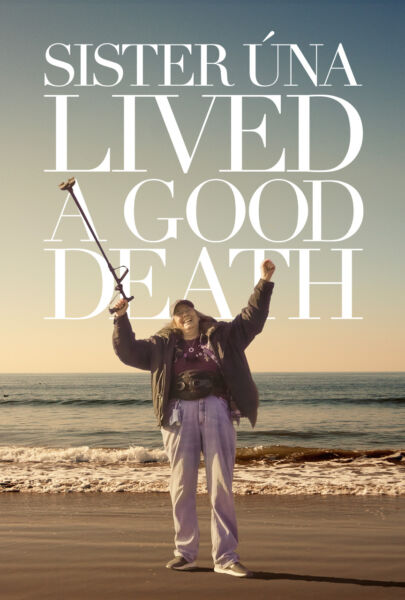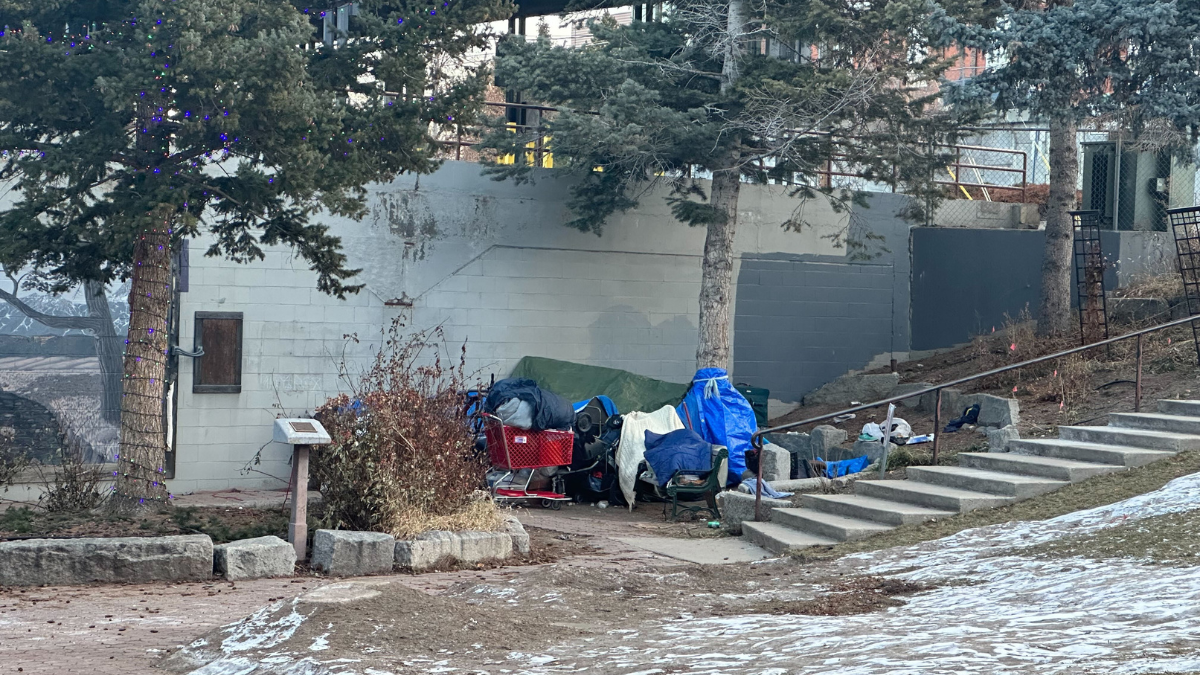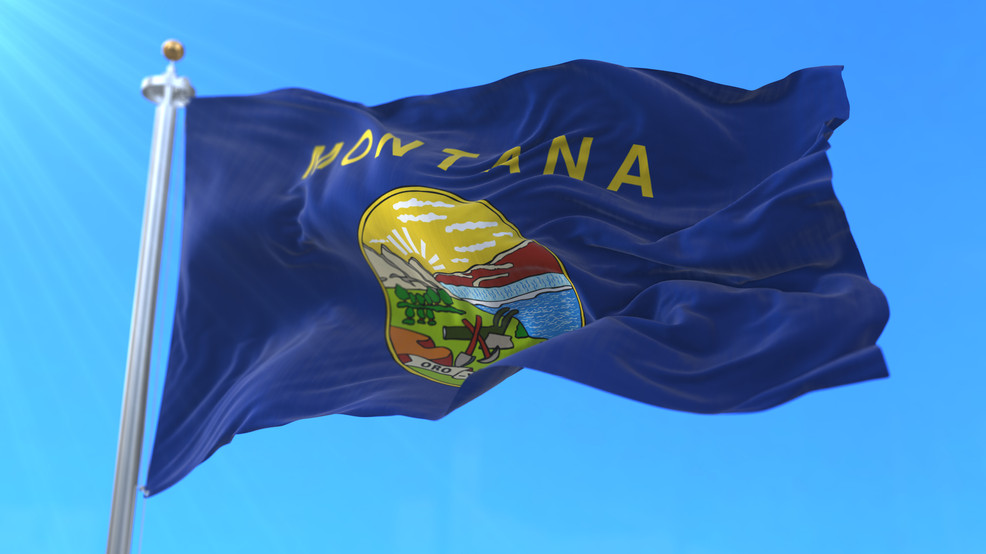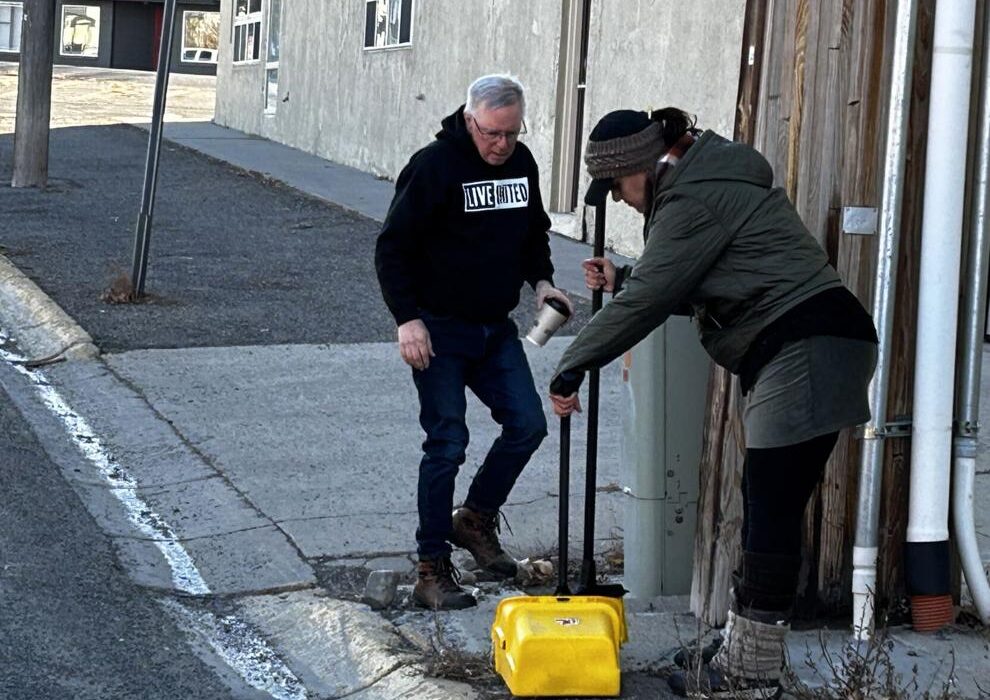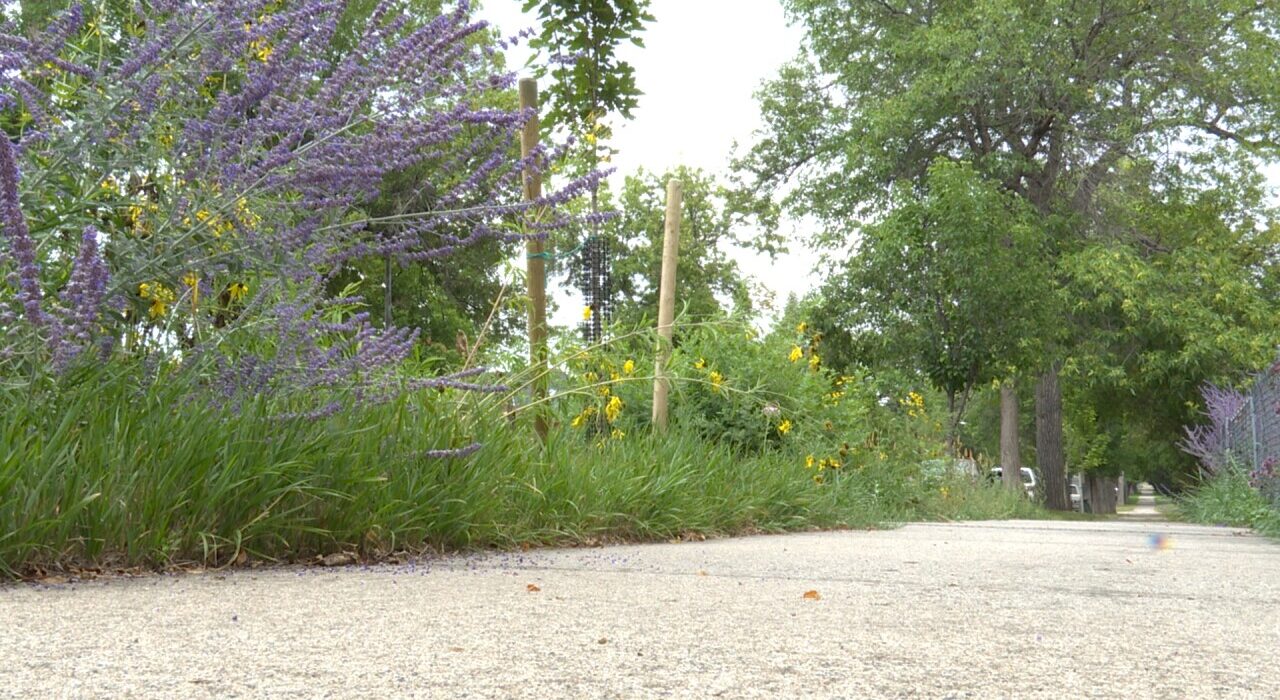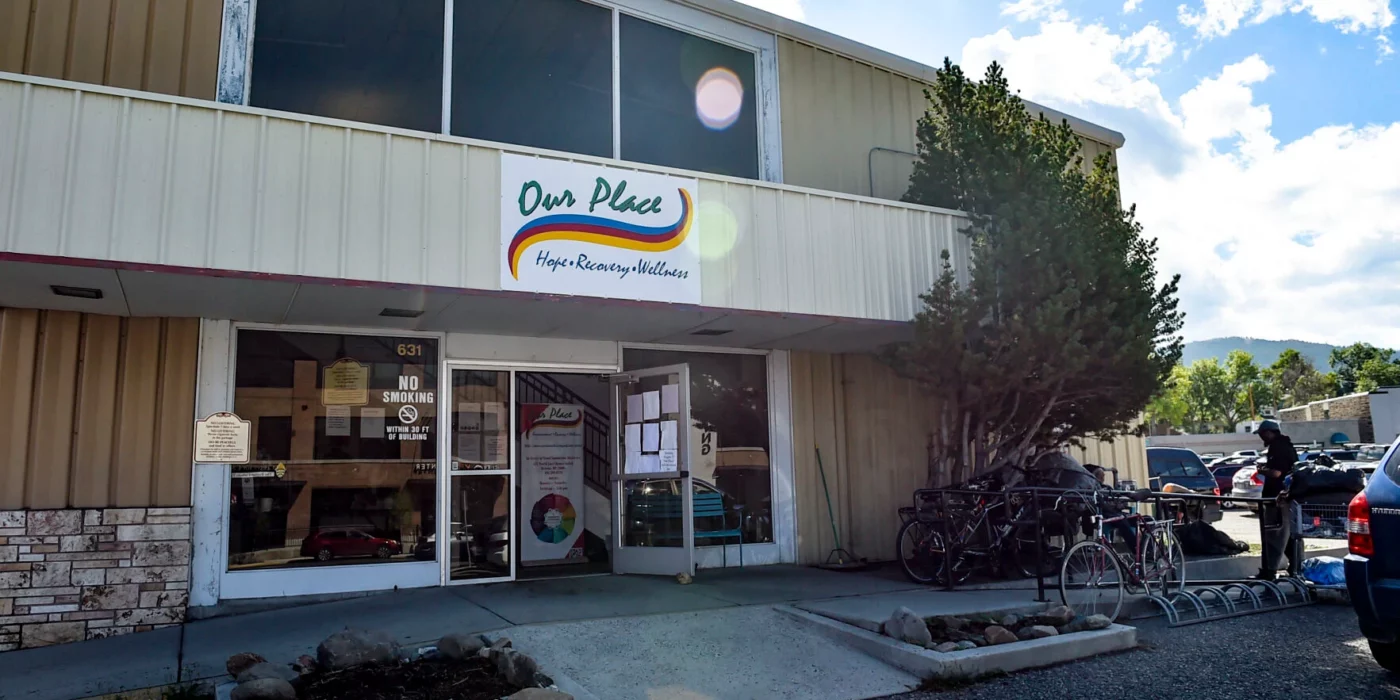Category: In the News
Why Should I Care? Homelessness in Helena, MT
Please watch the video from Vallerie Hellerman with Hands on Global and HCTV
Montana ranks near worst in multiple nationwide homelessness categories
The increases in Montana’s homeless population over the last few years are some of the largest jumps in the nation, according to the Department of Housing and Urban Development’s 2023 Annual Homelessness Assessment Report.
Between 2007 — when the nationwide annual tracking began — and 2023, the number of people experiencing homelessness increased in 25 states. Montana had the second-largest percentage increase in the number of people experiencing homelessness at 89% and the third-largest percentage increase from 2022 to 2023 at 45%.
“It’s not especially surprising,” said Sam Forstag, a manager with the Montana Coalition to Solve Homelessness. “Right now there’s a nationwide increase, but it sure makes sense that we’re leading the pack in most categories.”
Montana also led the pack in metrics on chronic homelessness, which refers to individuals who have frequent bouts of homelessness or have continuously been experiencing homelessness for over a year.
Between 2007 and 2023, Montana had the highest percentage increase in the number of individuals experiencing chronic patterns of homelessness at 551%. Montana was trailed by Rhode Island (334%), Idaho (275%), Maine (253%) and Washington (195%), according to the data.
Much of this data is based on a point-in-time survey, which is largely believed to be an imperfect tool to measure homelessness as it is prone to undercounting the number of people experiencing homelessness.
Still, those more recent numbers track with what providers are seeing on the ground in Montana.
The number of people experiencing homelessness in Montana’s seven major cities — Billings, Bozeman, Butte, Great Falls, Helena, Kalispell and Missoula — increased from 2021 to 2022 according to data collected by the service providers in those communities.
Kalispell saw a particularly dramatic increase from 654 individuals in 2021 to 1,049 the following year.
Chris Krager, executive director of Samaritan House, a Kalispell-based service provider that includes a homeless shelter, said that “the trends we are seeing are very similar to what the (federal) data shows.”
Krager has been the director of Samaritan House for 23 years. It was around the time of the COVID-19 pandemic, he explained, that the facility started hitting its capacity on a year-round nightly basis. Depending on how many children are in the families who arrive, the capacity can range from roughly 95 to 105 people.
“It just doesn’t ease up,” Krager said.
Forstag contends that some of the major drivers behind Montana’s imploding homelessness numbers are the dearth of affordable housing and the lack of behavioral health services in the state. Forstag also said that shelter directors from across the state say funding for more case managers is one of their main priorities.
A bill that would have in part helped hire more case managers passed multiple floor votes, but eventually died in committee this past legislative session. That failed legislation would have established $2 million in matching grants for in-house substance use treatment and case management.
That said, advocates fighting homelessness did see some success during the past legislative session: Lawmakers allocated $5 million for emergency shelter facility acquisitions and upgrades as a part of the state’s major infrastructure bill.
“It was a Band-Aid and a Band-Aid we needed,” Forstag said of the one-time funds.
Adequate shelters in Montana are particularly crucial during the winter months, where temperatures can plummet far beyond 0 degrees Fahrenheit. Over the last few years, a number of deaths of homeless people have been linked to the frigid temperatures.
“In Montana’s weather, homelessness can be fatal,” Krager said.
Dept. of Commerce announces $9.4 million to increase affordable housing
HELENA, Mont. — The Montana Department of Commerce announced it allocated $9.4 million in funding to improve affordable housing in six Montana communities.
The funding will be used to build or rehabilitate 485 affordable homes in Montana.
Projects in Billings, Butte, Hamilton, Helena, Missoula and Kalispell received funds.
The new housing and renovations will benefit Montanans earning less than 80% of the median income.
The Montana Department of Commerce released the following:
The Montana Department of Commerce announced today that more than $9.4 million of funding has been allocated to increase the number of affordable homes in six Montana communities. The funding is through Commerce’s Home Investment Partnerships Program (HOME), Community Development Block Grant (CDBG) and Housing Trust Fund (HTF) programs.
“It is critical that all Montanans have a safe and affordable place to call home. That’s why Commerce will continue to support programs that help increase the number of affordable, attainable homes across the state,” said Cheryl Cohen, Montana Housing Division Administrator with the Department of Commerce. “This funding will provide homes for Montanans who are at risk of homelessness, in lower wage-earning jobs and those experiencing special needs.”
Through Commerce’s housing programs, the awarded funds will be used to build new and rehabilitate 485 affordable homes in Montana. The funding has been awarded to the following developments and communities:
Billings – Mitchell Court LLLP will receive $1,650,000 of HOME funding for construction of the Mitchell Court Apartments — 32 affordable homes for families and individuals.
Butte-Silver Bow County will receive $750,000 of CDBG funding for the rehabilitation of the Aspen Place Apartments – 68 affordable homes for families and individuals.
Hamilton – The City of Hamilton, along with Sapphire Lutheran Homes, will receive $750,000 of CDBG funding, along with $1,500,000 of HTF and $1,900,000 of HOME funding for the rehabilitation of The Manor — 60 affordable homes for seniors.
Helena – United Housing Partners LLC will receive an additional $947,232, for a total of $2,526,194 of HTF funding, to support the construction of Twin Creeks Apartments — 62 affordable homes for families and individuals. Additionally, Accessible Space, Inc. will receive $1,200,000 of HOME funding for the rehabilitation of the Queen City Estates — 24 affordable homes for households with individuals with disabilities.
Missoula – Homeword, Inc. will receive $1,500,000 of HOME funding for the rehabilitation of the Creekside Apartments — 161 affordable homes for families and individuals.
Kalispell – Samaritan House, Inc. will receive $750,000 of HTF funding for the development of the Samaritan House Family Living Development — 18 permanent supportive homes for households experiencing homelessness.
“Through these HTF, HOME and CDBG awards, not only will we have preserved 60 units of affordable housing for seniors in Hamilton for many years to come, but the funding will also allow us to provide an updated and energy efficient housing solution for seniors who currently call The Manor home,” said Cole Harden, Regional Senior Officer of Sapphire Lutheran Homes. “We are excited about the upcoming transitions that will take our aging building and transform it into a modernized asset for the community.”
Montana’s CDBG Housing grants help local governments fund new construction or rehabilitation of single-family or multi-family homes that benefit Montanans earning less than 80 percent of the area median income. The HOME Program is designed to create affordable homes for lower earning households. The HTF is an affordable housing production program that complements existing federal, state and local efforts to increase the supply of safe and affordable homes for the most vulnerable households living in Montana. All three programs are financed from federal funds allocated to Commerce from the U.S. Department of Housing and Urban Development (HUD).
Helena shelter residents aim to ‘change public perception’ with city block clean-up
Clients of Our Place, the Good Samaritan Ministries-run addiction recovery drop-in center, spent much of Tuesday morning cleaning up the block in an effort to change public perception.
He said some of the Our Place clients came up with the idea of cleaning up the block during a group meeting.
“We’re giving them the tools to do what they want to do and that is clean up the neighborhood,” he said.
“We have to show them that we want to be good neighbors, but they have to understand that the status quo isn’t working,” CJ said while sweeping dirt off a Last Chance Gulch sidewalk ramp.
Rachell, another Our Place client, said her participation in the clean up helps her out. Rachell said she has been diagnosed with growing calcifications in her brain. She called them “brain stones” and said they have manifested obsessive compulsive tendencies in her.
“It’s nice to have my feet on the ground,” she said.
She said she has noticed many of the unsheltered in Helena do have mental health problems like her.
“They’re not trying to be disrespectful,” she said. “They are unable to make the right choices.”
Buscher said he hopes the clean-up will become a regular occurrence, but that it will take some encouragement.
Helena not immune from homelessness, urban camping concerns

In early November, deputies with the Lewis and Clark County Sheriff’s Office cleared out a homeless encampment a few miles south of downtown Helena, displacing those who called the camp their home.
The encampment — first on private property before it was moved to U.S. National Forest land — sprung up earlier this summer, and about 25 people lived there, according to coverage by KTVH.Now that the campsite has been removed, some of those unsheltered individuals moved into city limits where they could utilize the nonprofit resources and shelters, while others left the area.
Since then, new camps made up of tents and tarps have popped up within the city parks, on sidewalks and in alleyways, sparking community concerns about public safety while also highlighting the growing unsheltered crisis.
“There is not a spot within city limits that our community has opened up access for unsheltered to camp, [which] makes it very complicated,” Mark Nay, the street outreach coordinator for Good Samaritan Ministries, told Montana Free Press. “Folks that are living on the streets, you know, living in their cars, living in campers. What happens is they’ll kind of get themselves set up in a spot, and it really does go against what our city code is.”
So what is Helena’s stance on homeless encampments and urban camping?
Staying overnight is prohibited in any public or natural park within the city limits without permission from the city’s parks and recreation department, according to the Helena city code.
Although the code states that it’s unlawful to camp or sleep overnight in these areas, the U.S. Court of Appeals for the 9th Circuit ruled in 2018 that local law enforcement can not cite or arrest campers if there is not adequate shelter available for the homeless. That decision is affecting how many cities throughout the West, including some in Montana, approach expanding homelessness.

Helena Police Chief Brett Petty told MTFP that officers address complaints about homeless people from the community on a case-by-case basis. One of the most frequent complaints, though, is about people camping in city parks. A goal of his department, Petty said, is to make sure that the parks are usable and safe for everyone in Helena.
“I think the main thing here is being unsheltered, being homeless, being considered transient is not illegal,” Petty said. “Just because you don’t have a house doesn’t mean you’re a criminal, and that’s the way we treat it. Now if you’re camping in the park, there’s an ordinance saying that you can’t, but we have to work with those folks because they don’t have other places to go.”
Petty also shared that the police department works closely with Nay at Good Samaritan Ministries to find homeless individuals temporary shelters and help them utilize resources from local nonprofits.
Helena has multiple resources for individuals and families who don’t have a secure home and are experiencing homelessness.
“I think the main thing here is being unsheltered, being homeless, being considered transient is not illegal.”
HELENA POLICE CHIEF BRETT PETTY
God’s Love is the city’s only emergency shelter that is available to any individual who requires services, although it excludes individuals who become violent within the shelter.
“We have one rule: It doesn’t matter if you’re drinking, using drugs, it doesn’t matter what your story is, the second you hit a staff member you’re gone, no questions asked,” said Rachel Sanders, the office manager at God’s Love.
Those people camping around the shelter are individuals who have been kicked out, some of whom have mental health and addiction issues, Sanders said. God’s Love is at the corner of North Last Chance Gulch and 11th Avenue, and there are a few tents and personal belongings propped up on the north side of the building.
Helena City Manager Tim Burton said Helena is addressing the call for unsheltered assistance by working with the local nonprofits that provide services.
“So we stay in close communication with them, and where there’s opportunity for us to move things along or leverage state or federal grant dollars, those types of activities to help them provide the critical services,” Burton said.
There is an effort led by Good Samaritan Ministries to obtain a permit and funding through the city that would allow for an emergency women’s shelter. The city zoning commission will meet on Wednesday, Dec. 6, to consider the permit for the shelter project.
Burton said he hasn’t had time to analyze the efforts of officials in Bozeman and Missoula to curtail urban camping in those cities. Bozeman has adopted an urban camping ordinance, and Missoula is considering a similar response.
“What I do know is that it’s a national problem, and part of that national problem is in Helena, Montana,” Burton said. “I can speak to the issue that we’re effectively coordinating on a daily, weekly, as-needed basis with the experts that actually provide this service. I can’t say enough about the nonprofit organizations that, I mean, these folks do wonderful work. There’s not a single person in the city staff that has the expertise to run a shelter. It’s just not what we do. But, that doesn’t mean we can’t help the organizations that do provide that service where we can.”
Emergency Housing Working Group looking at possibilities for emergency winter housing
HELENA — An Emergency Housing Working Group is looking at possibilities for emergency winter housing for Helena’s homeless population and considering options such as at Our Place.
During a meeting Tuesday afternoon, City and County officials discussed the possibility of creating a space for emergency winter housing during the upcoming season.
Emergency shelter working group updates Helena, Lewis and Clark County officials
Aworking group established to find solutions to Helena’s rising unsheltered population crisis presented three options for emergency sheltering in the city come winter that received a mix of support and pushback from local officials Tuesday during a joint work session between the two governing bodies.
United Way of the Lewis and Clark Area Community Impact Coordinator Jeff Buscher told elected officials the three paths forward the working group sees as viable are converting Our Place to an emergency, low-barrier shelter during the winter, using the former nursing home portion of St. John’s Hospital to house locals with housing vouchers, and possibly utilizing the Helena Inn as temporary housing.
Rough Sleepers: A Community Conversation about the Unsheltered in Helena
Rough Sleepers: A Community Conversation about the Unsheltered in Helena
Plymouth Church – UCC, in partnership with the Lewis and Clark Library, United Way, the Montana Jewish Project, Good Samaritan and the Helena United Methodist Churches, invite the public to participate in the reading and five-week discussion of “Rough Sleepers” by Pulitzer-prize winning author, Tracy Kidder. The origins of housing shortages, education, medical care, and substance abuse are a few of the topics that will be featured each week and explored by leaders in our community, from Wednesday August 30 through Wednesday September 27. All discussions will be held at 12 noon; sack lunches encouraged. The Lewis and Clark Library hosts the first gathering in the meeting room, though each week the discussion will move to other locations. No reservations required; all are invited whether or not you have read the book.
August 30 at Lewis and Clark County Library, 120 S. Last Chance Gulch
“Why Now? Historical Origins of the Housing Crisis”, (discussion about why homelessness seems like a national crisis now) facilitated by Dr. Pat Christian, Carroll College
September 6 at Our Place, 631 N. Last Chance Gulch
“Who Is My Neighbor?” (Stories of people who are homeless), facilitated by Theresa Ortega, Good Samaritan, and Rev. Dr. Jeff Buscher, United Way
September 13 at the Montana Jewish Project Temple Emanu-El, 515 N. Ewing
“What’s Education Got to Do with It?” (Information from an educator, social
worker and a parent interacting with unsheltered children and adults),
participants include Siobhan Hathhorn, Chair of the Helena School Board
Trustees, Jaymie Sheldahl, Family and Community Partnerships for Rocky
Mountain Development Council Head Start with Jennifer Hedges
September 20 at Covenant United Methodist Church, 2330 E. Broadway
“Practical Considerations and Overwhelming Needs” (a perspective from local government regarding low-income housing and the challenges the city and county face) facilitated County Commissioner Andy Hunthausen and Mayor Wilmot Collins
September 27 at Plymouth Church – UCC, 400 S. Oakes (lunch provided)
“What About Drugs, Addictions, Mental Health and Other Life Threatening Concerns on the Streets”, facilitated by Teresa KelleyBrewer, Pure View Clinic


